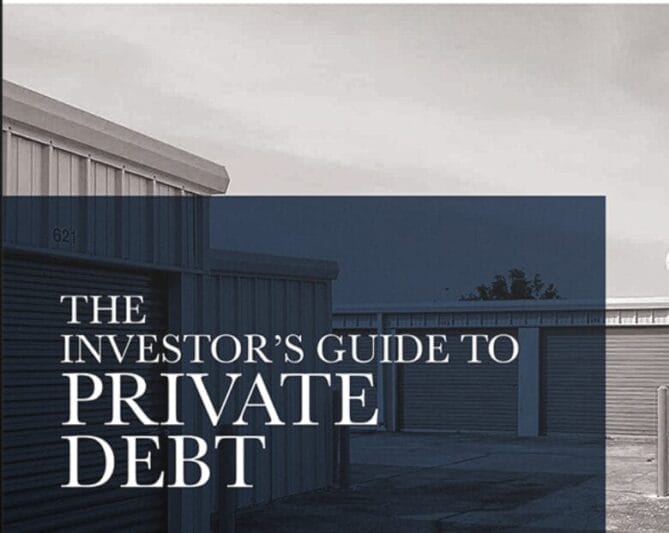Interest Rates Are Rising – What Does It Mean for the Economy?

In late September, the Federal Reserve announced its decision to increase interest rates—the third consecutive 75-basis-point hike this year—in an aggressive attempt to cool inflation.
With few signs pointing to inflation slowing in the coming months, many experts have indicated the Fed is likely to hike rates by 0.75% again at their upcoming November 2 meeting with another 0.50% hike in December on the horizon.
What do these rate hikes mean for the economy? Spartan’s Vice President of Capital Markets, Thomas Eddy, shares his insights below.
Lending Costs Are Up and Banks are Scaling Back
The ongoing market volatility is forcing banks to charge a widened net interest spread to accommodate for the rising indexed rates.
For example, earlier this year, the market was extremely concerned that prime rates—which sat at 3.50% in April—were on a path to jump to 4% and secured overnight financing rates (SOFR) rates would increase by 0.30%. Today, however, the market is preparing for prime rates to increase to 7% with SOFR rates shifting to the mid 5’s.
As lending rates approach a high of 7-9% in the coming month, banks that are traditionally reliable lenders are looking to hit the pause button. The banking sector is still liquid, however, they have become more cautious when it comes to certain transactions than they were earlier this year.
Most banks have moved away from making fixed-rate loans longer than seven years and are more focused on short-term financings. In addition, banks are becoming more scaling back in the construction and bridge space as the Fed continues to navigate this rising rate environment.
Unemployment Drops with Increased Job Opportunities
Good news on the employment front—the U.S. Department of Labor reported that 263,000 jobs were created in September and the national unemployment rate dropped to 3.5%.
Originally expecting 255,000 jobs to be created, this jump marks the fifth consecutive month of higher-than-expected job creations—seeing gains in leisure and hospitality as well as health care. In addition, the decrease in unemployment is the third-lowest reading in history and falls in line with the great rates we saw in 2018.
If we were to cherry-pick the best line item from this report, it’s that at least wages aren’t increasing more than before. Wage increases came in at 0.3% on the month and held constant at 5% on the year.
However, economists suggest that wage growth is running at least triple the pace of productivity growth and is consistent with the Fed’s 2% price target. It is likely that concerns about a wage-price spiral will keep the Fed hiking rates well into 2023.
The impact of these rate hikes isn’t all bad, but it’s almost certain they will continue. The Fed is very consciously trying to avoid mistakes made in the 1970s when rate increases were slowed prematurely to only have to go right back to hiking rates when inflation took off again. In short, don’t expect the Fed to consider slowing rate hikes down until we see inflation actually come down and it’s no longer just speculation.




